Perch cutting on a bird feeder
jay733
13 years ago
Featured Answer
Sort by:Oldest
Comments (6)
Konrad___far_north
13 years agobandjzmom
13 years agoRelated Discussions
Need perching place for backyard birds in landscape.
Comments (6)My parcel of 1.25 acres can be described as an open woodland or "savannah". There are plenty of trees but they are spaced farther apart than a woodland. I purposely have left snags or dead trunks standing in the back yard (until they eventually fall over), and had Bluebirds that nested in woodpecker holes for 2 years in the snags! I also refrain from pruning most of the dead lower branches on the trees, because the birds love to use these for perching spots. I have saved some large branches that were pruned from the trees, and have a natural and gnarly shape, with the purpose of burying the butt end of the branches about 1 - 1.5 feet into the ground and this provides great perching spots for the birds. I also built a 25 foot long trellis out of natural wood - the straight trunks of Norway maple and Ash saplings mostly, but also adorned with ornamental and curving branches - on which I grow morning glories, Cardinal Climber, and native Honeysuckle and Virginia Creeper. The birds love to perch on this trellis! This type of landscaping is "naturalized" - and is not a formal, highly manicured landscape - but the birds love it!...See Morebird feeders and such
Comments (27)This is fun! So glad you are all trying to find ways to have more wildlife in your gardens. A few thoughts. 1. Vaseline on the poles...works until the weather gets too hot, then it gets gloppy, goopy, full of buts, and finally slides right off. (At least, that was my experience. 2. Slinkies are easy to attach. First, open the top ring of the Slinky. It has a little fastener holding the last loop closed. Just push it with a screwdriver or other tool until the last loop opens up. Slide the Slinky over your pole and into the position you want. Slide a hose clamp over the pole, push the final loop of the Slinky through the hose clamp, and tighten the hose clamp against the pole. Let the Slinky hang free at the bottom. The more it wiggles, the less likely they can climb it. Mine haven't even had the nerve to TRY yet. (I'll post a close up tomorrow so you can see just how it works.) For a $2.00 investment, NO SQUIRRELS! Wooohooooo! 3. Anna, you probably don't want to lure owls (or any predatory bird) to your garden if you are trying to feed birds there. It will frighten them away. If you have a large piece of property and can locate the owl box a LONG way away from your feeding station, that would be fine. Otherwise, I'd rethink that one, if I were you. Wood duck boxes are great if you have a pond or lake nearby. Other birds that will nest in boxes include bluebirds, wrens, titmice, great crested flycatchers, woodpeckers and more. Each requires specific dimensions and hole sizes, and specific locations, heights, etc. All of that info can be found online. 4. Tannatonk, as I said in my posts, I always throw down plenty of cracked corn on the ground for the squirrels and doves. But I try to keep the squirrels out of my feeders, and usually my baffles have worked. Now the Slinky is working well, too, SO FAR. I also feed safflower in the feeders that aren't squirrel proofed, as they don't like it. And no, I have never fed a red-bellied woodpecker by hand. Titmice and some other small birds, yes, but not woodpeckers. Let us know if you succeed! Good luck! Today, I had about 8 indigo buntings at once. In addition to the four adult males I've been seeing, there were 4 first spring males (immatures), and 1 female. Hmmm...that's NINE, isn't it? The painted bunting seems to be gone, and I never saw the rose-breasted grosbeak again, but the indigos are so much fun. They fly fast back and forth between the feeders, and often feed on the ground, like a flock of bright blue sparrows. Marcia...See MoreBirds wasting the milo in my bird feeders
Comments (17)I have found 9-pound bags of a mix of mostly millet with some sunflower seed and, I think, safflower seed, at a dollar-type store here called Big Lots. $7 per bag. Birds gobble it up in winter, but in the winter they'll eat anything; in the spring they are picky, kicking out the milo for the pigeons and doves, so I stop feeding them and concentrate on hummingbirds and, this year, suet for Ladderback and Downy woodpeckers. Also I have nyger thistle feeders (both metal mesh feeder and sock feeder) out for our sweet, tiny lesser goldfinches. To complete my first post in this forum, I spotted and got pictures of a male Northern Cardinal this morning, a rare sighting for our area (Albuquerque). A similar male bird (the same one??) was reported a few miles further north back in February. I also photographed a rare Vermillion Flycatcher in April. Maybe more birds are moving into my state -- and I'll have figure out how to feed them if they visit my apartment complex :)...See MoreThe birds totally made my day - my feeders have all been found!!!
Comments (3)black oil sunflower seeds probably attract more birds than any other feed. you can use a tube feeder or a mesh wire feeder or even a hopper feeder. Suet is a great treat in winter but some birds eat it year around. you can use a suet cage and buy suet cakes or make your own suet mix. there are lots of old posts on here making suet. if you like doves and juncos and other ground feeders the seed mixes with cracked corn ot millet do good but they also attract blackbirds and starlings and cowbirds which lots of people don't want around. the summer song birds such as tanagers and orioles and grosbeaks like fruit or berrys or drink from necter feeders. or plants with berrys or blooms and blossoms. the woodpeckers i get here love nuts and suet and cracked corn and millet. robins and bluebirds like mealworms or grubs or earthworms the tits and chickadees and nuthatches like suet or hulled sunflowers or boss or nuts....See Moredonald lucius
13 years agodonald lucius
13 years agoNona Treutel
2 years ago
Related Stories
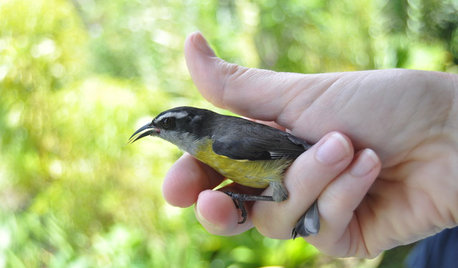
GARDENING FOR BUTTERFLIESBring on the Birds: Natural Habitat Ideas for Gardens of All Sizes
Provide nesting, watering and perching spots inspired by the Costa Rican jungle and watch the birds flock on over
Full Story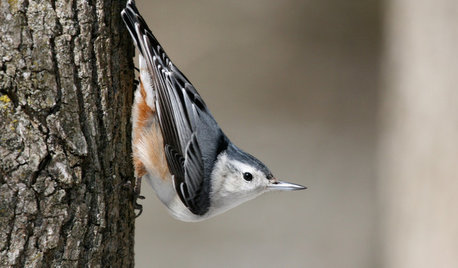
GARDENING FOR BIRDSBackyard Birds: Those Nutty Nuthatches
The North American songbirds, which often perch upside down, make themselves known in the winter landscape
Full Story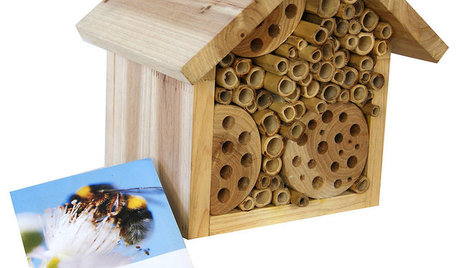
PRODUCT PICKSGuest Picks: 20 Ways to Play Garden Host to Birds and Bees
Perch some of these houses and feeders around your garden, and watch pollinators and feathered friends flock in
Full Story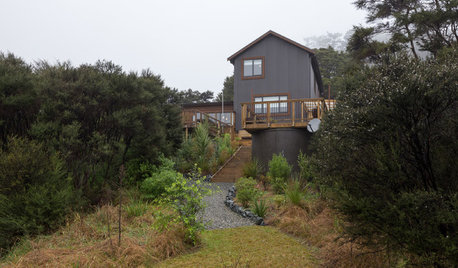
HOMES AROUND THE WORLDMy Houzz: A Peaceful Retreat Perched in the Wilderness
A couple of chocolatiers find a secluded sanctuary in New Zealand to build the home of their dreams
Full Story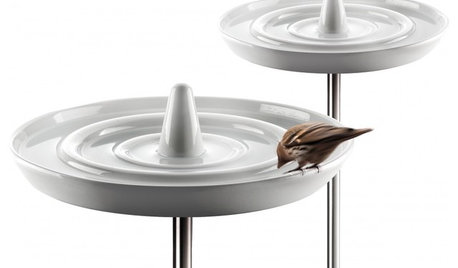
GARDENING AND LANDSCAPINGDesign Details: Outdoor Decor for the Birds
Feeders, Houses and Baths for Our Feathered Friends
Full Story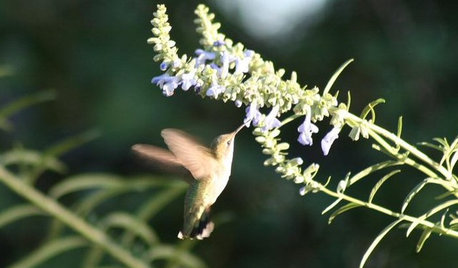
GARDENING FOR BUTTERFLIESA Quick-Start Guide to Bird-Watching for Fun and Learning
Set out some seed and grab your field guide. Bird-watching is an easy, entertaining and educational activity for the whole family
Full Story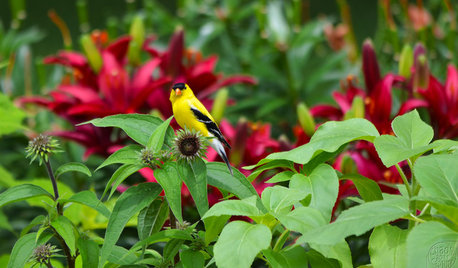
GARDENING GUIDESBackyard Birds: How to Care for American Goldfinches
The American goldfinch is a bright-in-the-summer visitor and one of the only vegetarian songbirds. Here's how to give them a healthy habitat
Full Story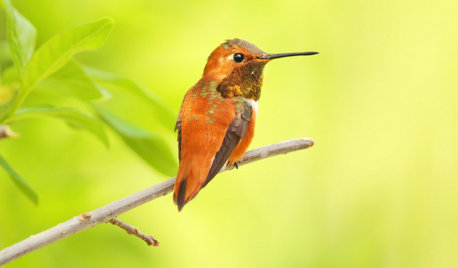
GARDENING GUIDESBackyard Birds: Invite Entertaining Hummingbirds Into Your Garden
Hummingbirds — unique to the Americas — zip through open landscapes seasonally or year-round. Here’s how to attract them
Full Story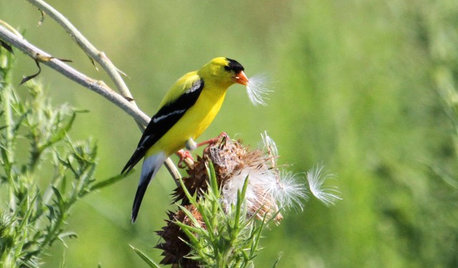
GARDENING FOR BIRDSWild Birds Transform a Woman’s Garden and Life
How Sharon Sorenson created a wildlife haven and became the Bird Lady of Southern Indiana
Full Story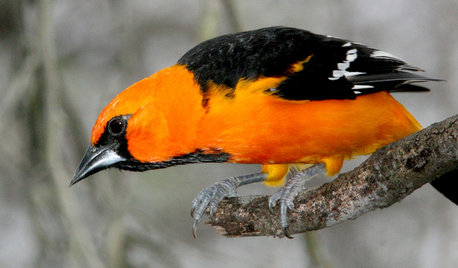
GARDENING GUIDESBackyard Birds: Orioles Return After Spending Winter in the Tropics
These colorful songbirds prefer woodlands and forest edges, but they’ll visit yards with fruit-producing trees and shrubs
Full StorySponsored




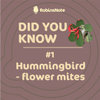
HU-243961283